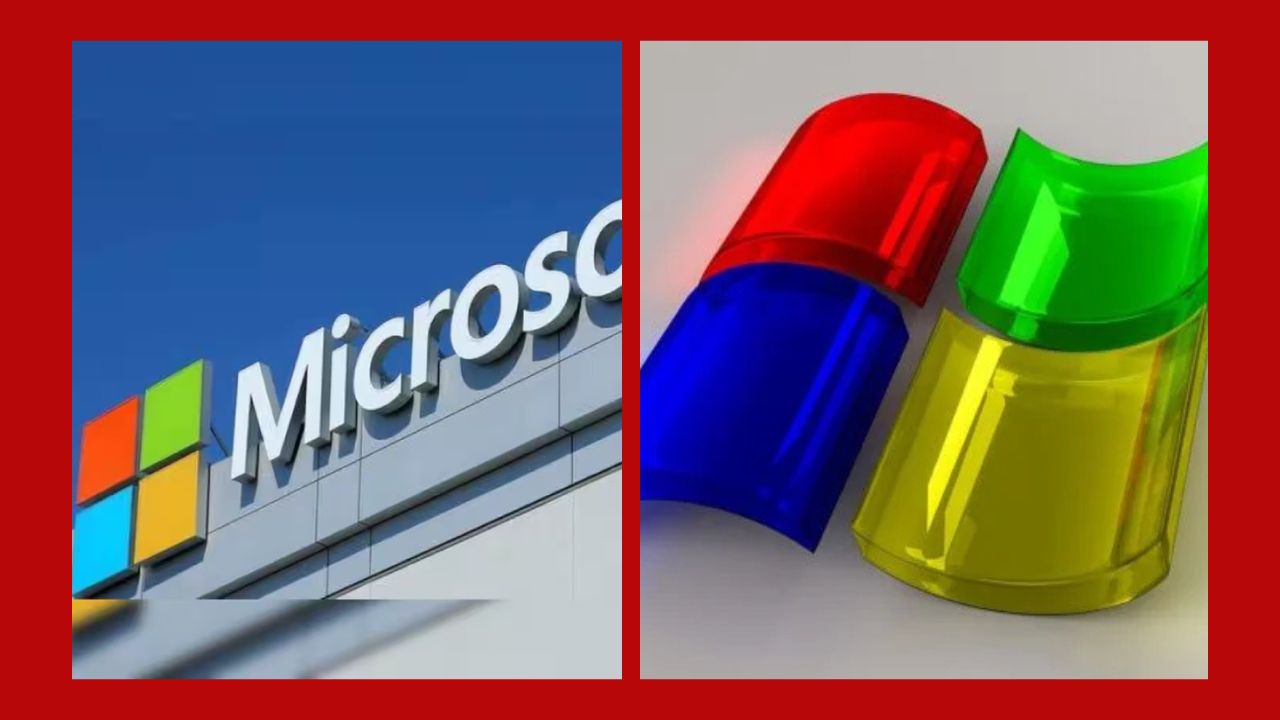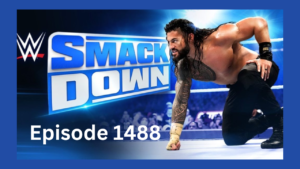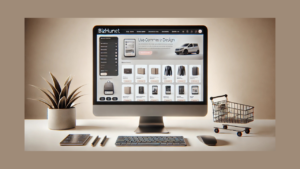Explore Creativity at https //www.microsoft.com /ink: Your Gateway to Digital Drawing and Note-Taking
In a world where technology is reshaping every aspect of our lives, our creativity and productivity tools have evolved dramatically. One of the most innovative advancements in this realm is Microsoft Ink, a platform designed to revolutionize digital drawing and note-taking. Accessible via https //www.microsoft.com /ink, Microsoft Ink has become an indispensable tool for professionals, students, and creatives. To understand why it stands out, let’s dive into its features, benefits, and applications.
What is Microsoft Ink?
Microsoft Ink is a cutting-edge digital inking platform built into Windows devices. It leverages advanced pen and touch technology to create an experience that feels as natural as pen and paper. This feature is integrated directly into Windows 10 and later versions, offering users seamless access to drawing, writing, and annotating tools. By bridging the gap between traditional handwriting and digital capabilities, Microsoft Ink serves a diverse audience, ranging from artists and designers to students and office workers.
What makes Microsoft Ink particularly appealing is its versatility. Whether you’re sketching ideas for a project, annotating a presentation, or simply jotting down notes, this platform adapts to your needs. Its compatibility with various devices, including Surface tablets, laptops with touch screens, and third-party styluses, makes it a widely accessible tool for creativity and productivity.
Key Features of Microsoft Ink
1. Windows Ink Workspace
The Windows Ink Workspace is the central hub for all inking activities. It provides quick access to various tools, including the Sketchpad, Screen Sketch, and Sticky Notes. The Workspace is conveniently located in the taskbar, making it easy to jump into any inking task with just a click. Whether creating a quick sketch or annotating a screenshot, the Workspace ensures a streamlined experience.
2. Sketchpad
For artists and creative professionals, the Sketchpad is a game-changer. This feature transforms your device into a digital canvas where you can unleash your imagination. With tools like pens, pencils, and highlighters and the ability to customize stroke thickness and colors, the Sketchpad offers everything you need to bring your ideas to life. The digital ruler adds another layer of precision, enabling clean lines and perfect angles.
3. Screen Sketch
Screen Sketch is perfect for anyone who needs to annotate images or screenshots. With this tool, you can take a snapshot of your screen and directly write or draw on it. This feature is handy for providing feedback, highlighting important points, or creating instructional guides. It’s intuitive to communicate ideas visually, especially in collaborative environments.
4. Sticky Notes
Sticky Notes has evolved into an innovative tool integrated with Microsoft’s virtual assistant, Cortana. You can jot down reminders, to-do lists, or essential information, and Cortana will recognize actionable items like dates or addresses. For example, writing “Meeting at 3 PM” can prompt Cortana to set a reminder automatically. This blend of traditional note-taking with innovative technology enhances both organization and productivity.
5. Integration with Microsoft Office
One of the most powerful aspects of Microsoft Ink is its seamless integration with Office applications like Word, Excel, and PowerPoint. Users can annotate documents, highlight sections, or draw attention to key points during presentations. This capability transforms static documents into dynamic and interactive files, making collaborating and communicating easier.
Real-Life Applications of Microsoft Ink
1. Boosting Productivity
Microsoft Ink is a valuable tool for students and professionals who rely on handwritten notes. The handwriting-to-text feature allows users to convert handwritten content into searchable and editable text, saving time and effort. Whether you’re in a lecture hall or a boardroom, the ability to quickly capture and organize ideas digitally enhances productivity.
2. Creative Exploration
For artists and designers, Microsoft Ink offers a versatile platform for exploring creativity. The Sketchpad and other inking tools provide an array of brushes, colors, and effects that mimic traditional art supplies. Digital inking eliminates the constraints of physical mediums, allowing for infinite revisions, layering, and sharing. This is particularly advantageous for graphic design, illustration, and animation professionals.
3. Facilitating Collaboration
In a world where remote work and virtual meetings are becoming the norm, Microsoft Ink enhances collaboration. Allowing users to annotate documents and presentations in real-time fosters more transparent communication and idea sharing. For example, during a virtual brainstorming session, participants can use inking tools to visually represent their thoughts, ensuring everyone is on the same page.
4. Educational Use
Educators and students alike can benefit from the versatility of Microsoft Ink. Teachers can use digital ink to create interactive lessons, annotate reading materials, or provide feedback on assignments. On the other hand, students can take digital notes, sketch diagrams, and organize their study materials in a more structured way.
Getting Started with Microsoft Ink
1. Check Device Compatibility
You’ll need a device that supports touch or pen input to use Microsoft Ink. Many Windows laptops, tablets, and 2-in-1 devices already have this capability. If unsure, check your device specifications or visit https //www.microsoft.com /ink for detailed guidance.
2. Setting Up the Workspace
To access the Windows Ink Workspace, look for the pen icon in the taskbar. If it’s not visible, right-click on the toolbar and select the “Show Windows Ink Workspace button.” Once activated, you’ll have instant access to all inking tools and applications.
3. Personalizing Your Experience
Microsoft Ink offers several customization options to enhance your inking experience. By navigating to Settings > Devices > Pen & Windows Ink, you can adjust pen pressure sensitivity, define shortcuts, and personalize the handwriting recognition settings.
Advanced Tips for Using Microsoft Ink
1. Leverage the Digital Ruler
The digital ruler is a fantastic tool for achieving precision in your drawings or diagrams. You can position it anywhere on the screen and draw straight lines along its edge. This feature is particularly useful for technical drawings or when creating geometrical shapes.
2. Experiment with Third-Party Apps
While Microsoft Ink integrates seamlessly with native Windows applications, its capabilities also extend to third-party software. Applications like Adobe Photoshop and CorelDRAW work well with Microsoft Ink, offering advanced tools for professionals in creative industries.
3. Handwriting Recognition
Take full advantage of the handwriting-to-text feature to keep your notes organized. This functionality is helpful for converting handwritten notes and quickly searching large amounts of text.
Conclusion
Microsoft Ink, available at https //www.microsoft.com /ink, is a versatile and powerful tool that caters to many users. It offers something for everyone, from boosting productivity and enhancing creativity to facilitating collaboration and improving educational outcomes. By bridging the gap between traditional pen-and-paper methods and modern digital tools, Microsoft Ink empowers users to work smarter and create more effectively. Whether you’re a student, a professional, or an artist, exploring the capabilities of Microsoft Ink is sure to unlock new possibilities.
Frequently Asked Questions (FAQ)
1. What devices support Microsoft Ink?
Microsoft Ink is supported on most Windows 10 and later devices with touch or pen input capabilities. Popular devices include the Microsoft Surface series, touch-screen laptops, and 2-in-1 hybrids.
2. Is Microsoft Ink free to use?
Microsoft Ink is a built-in feature of Windows 10 and newer versions. It does not require the purchase of additional software.
3. Can I use Microsoft Ink with third-party pens?
Microsoft Ink is compatible with most styluses, including third-party options supporting the Windows Pen Protocol.
4. What applications work with Microsoft Ink?
Microsoft Ink integrates seamlessly with Office applications like Word, Excel, and PowerPoint. It also supports creative tools like Sketchpad, Screen Sketch, and numerous third-party apps like Adobe Photoshop.
5. How can I enable handwriting recognition?
Handwriting recognition can be enabled via Settings > Devices > Pen & Windows Ink. Once activated, you can convert handwritten notes into editable and searchable text.
Read More: xannytech.net/.














Post Comment